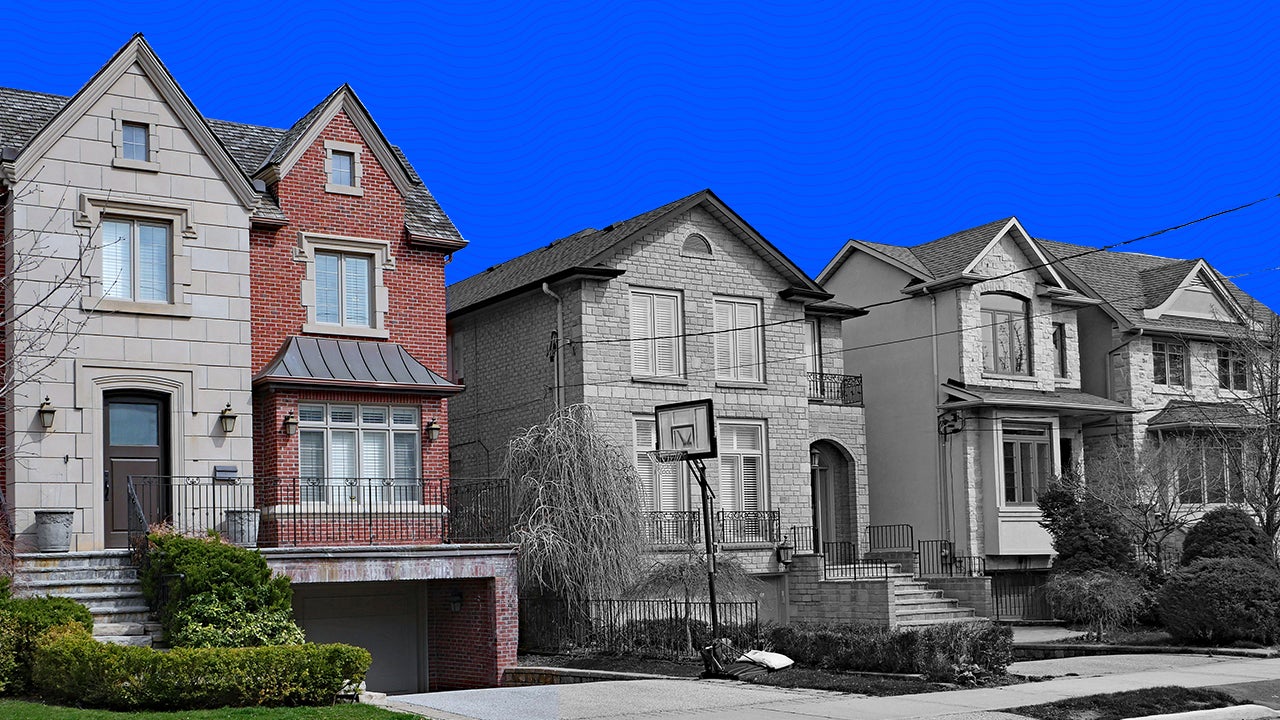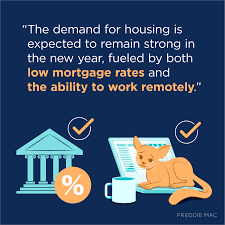
Understanding how a home equity credit loan works is essential if you're considering taking out one. This type of revolving line of credit is secured by your home and comes with a set repayment period and interest rate. You must own your house and have equity. This means that the amount you owe on the home must be less than its market value. To determine if you're a good candidate, your lender will also look at your credit score and debt to income ratio.
Revolving form of credit secured by your home
A home equity credit or HELOC (home equity line of credit) is a revolving credit facility from a lender which allows you to borrow against the equity of your home. This credit can help pay large bills and consolidate high interest debt. The interest on these loans can be tax-deductible, too.
You must be the owner of your home and have equity in your home to be eligible for a home equity loan. You must have a lower total amount than your home's market value. Lenders also evaluate your credit score, debt-to-income ratio and payment history.

A home equity credit line can be used to help pay for major expenses, such as home repairs, medical bills, and education. While the line of credit can help you cover your monthly expenses, it is essential that you know the risks involved. If you are unable to repay the loan amount, you should keep an emergency fund.
Repayment period
The amount of the loan, as well the equity in your home, will affect the length of your home equity line credit repayments. The maximum loan amount is the same for all borrowers. However, the repayment period will vary depending on the amount of the loan and the equity in the home. Performing some quick calculations will help you determine the repayment period for a HELOC.
The repayment period for a home-equity line of credit has two phases. The first phase is called the draw period. It usually lasts between 10 and 15 year. You'll be making payments on the principal and interest of the credit line during this time. The second phase is the repayment period, which begins once the draw period ends.
Each lender will have a different repayment period for a home-equity line of credit. For example, a HELOC may allow you to make interest-only payments during the draw period, and a home equity payment plan may allow you to make principal-and-interest payments after the draw period. This will reduce your monthly payments.

Interest rate
The interest rate on a home-equity line of credit may vary greatly. The margin is determined by many factors including loan to value ratios, credit qualification, and the property state. Typically, the interest rates are lower when the loan first opens, but can increase over time.
The maximum amount that you can borrow on a line of credit for home equity depends on your home value, the amount of your mortgage debt, and your income. A simple calculation will give you an idea about how much you can borrow. For example, if you owe 50% of the value of your home, you could borrow up to $20,000.
While the five-year home equity loan of credit interest rates are competitive with other rates, it's important to note that a longer repayment term (five years) will result in a lower interest rate, but you'll have to make a larger monthly payment. Rates vary depending on credit scores. However, the rates that are available to qualified borrowers with a loan ratio of 80% or more will generally be the lowest. To qualify, you should have a credit score of 740 or higher.
FAQ
How many times can my mortgage be refinanced?
This will depend on whether you are refinancing through another lender or a mortgage broker. You can refinance in either of these cases once every five-year.
What is reverse mortgage?
A reverse mortgage lets you borrow money directly from your home. You can draw money from your home equity, while you live in the property. There are two types of reverse mortgages: the government-insured FHA and the conventional. Conventional reverse mortgages require you to repay the loan amount plus an origination charge. If you choose FHA insurance, the repayment is covered by the federal government.
What are the pros and cons of a fixed-rate loan?
Fixed-rate mortgages allow you to lock in the interest rate throughout the loan's term. This ensures that you don't have to worry if interest rates rise. Fixed-rate loans offer lower payments due to the fact that they're locked for a fixed term.
Do I need to rent or buy a condo?
Renting might be an option if your condo is only for a brief period. Renting can help you avoid monthly maintenance fees. On the other hand, buying a condo gives you ownership rights to the unit. The space is yours to use as you please.
Statistics
- Some experts hypothesize that rates will hit five percent by the second half of 2018, but there has been no official confirmation one way or the other. (fortunebuilders.com)
- The FHA sets its desirable debt-to-income ratio at 43%. (fortunebuilders.com)
- Private mortgage insurance may be required for conventional loans when the borrower puts less than 20% down.4 FHA loans are mortgage loans issued by private lenders and backed by the federal government. (investopedia.com)
- Over the past year, mortgage rates have hovered between 3.9 and 4.5 percent—a less significant increase. (fortunebuilders.com)
- Based on your credit scores and other financial details, your lender offers you a 3.5% interest rate on loan. (investopedia.com)
External Links
How To
How to find houses to rent
For people looking to move, finding houses to rent is a common task. But finding the right house can take some time. There are many factors that can influence your decision-making process in choosing a home. These factors include price, location, size, number, amenities, and so forth.
You can get the best deal by looking early for properties. You should also consider asking friends, family members, landlords, real estate agents, and property managers for recommendations. You'll be able to select from many options.